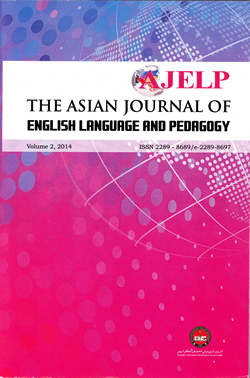Carnivalesque Narrative Discourse in Shakespeare's King Lear: A Bakhtinian Reading
Keywords:
carnivalesque narrative discourse, dialogismAbstract
The Russian scholar Mikhail Bakhtin uses the term 'carnival' to describe a context in which the hierarchical voices are degraded and probably broken down; sometimes these voices are temporarily replaced by the marginalized voices in the context. The Bakhtin's carnival is actually supported by the idea of dialogism in which every voice could be heard without being suppressed in order to destroy the monologue which has only one dominant speaker. William Shakespeare's King Lear creates a context in which the position of the King and queens are degraded while they have always tried to create a monologue, and it is also shown that their decisions are not always right and truthful. The sense of the Bakhtinian carnival can be traced in this context where both the hierarchical and the lower voices come to the scene and blend together, as a result the hierarchical position is no longer in a higher place even if for a temporary moment. In this article such a carnivalesque context is going to be traced and extrapolated; as a result we can feel that the actual sense of carnival in this story is that the kings and queens should not be the only voices speaking throughout the context which may lead to a catastrophic monologue for everyone.





